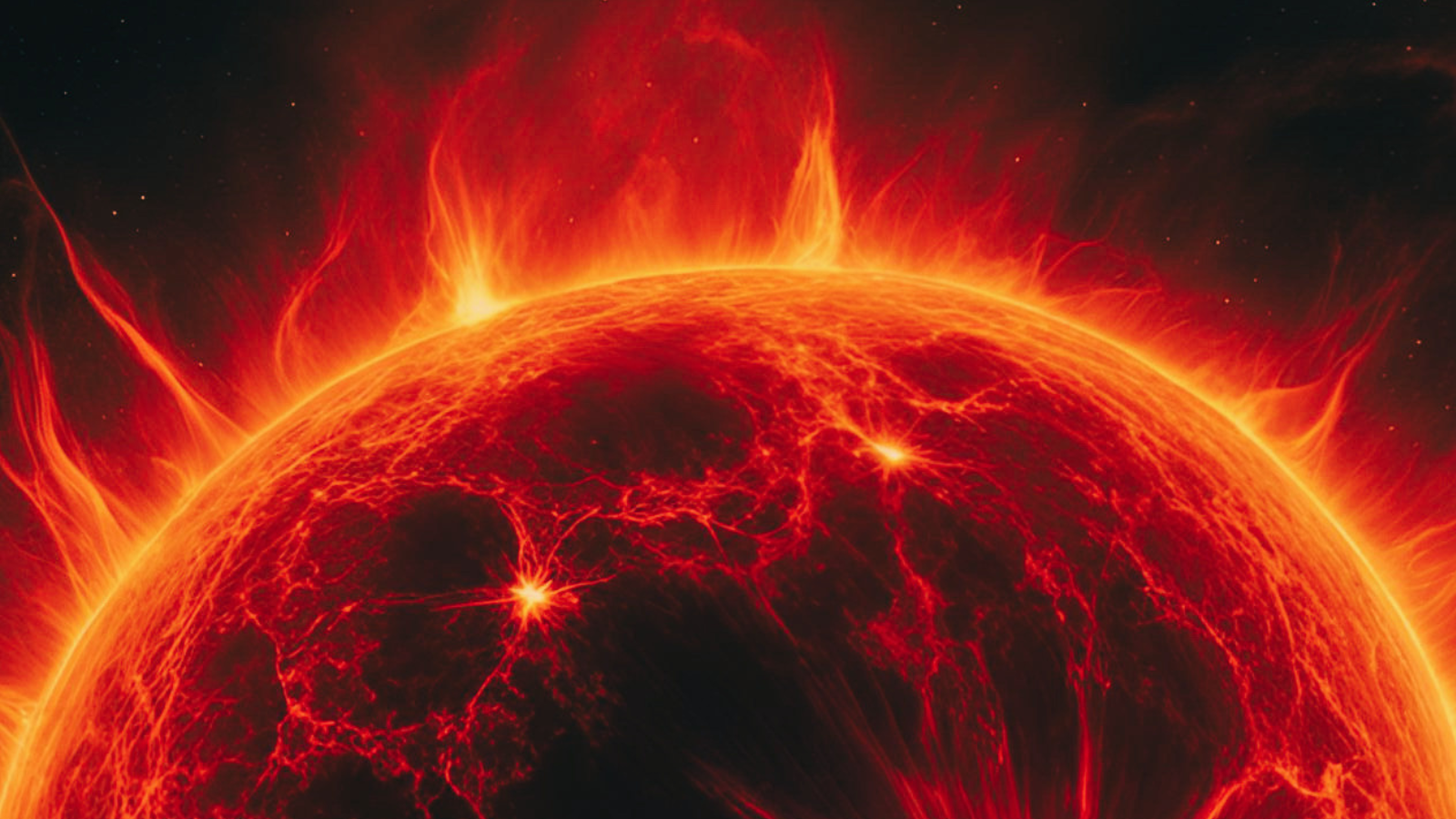Progress Made for Launch of Europe's Delayed ATV
PARIS - Preparations on the ground and aboard the international space station for the launch of Europe's billion-dollar Automated Transfer Vehicle (ATV) are expected to be completed this autumn. The launch is likely to occur in the spring of 2006.
The much-delayed ATV, which is being built by a contractor team led by EADS Space Transportation and Alenia Spazio, is viewed as perhaps the most complicated machine ever developed for Europe's space program.
European government and industry officials also view ATV as providing many of the qualities needed for future space exploration programs, including autonomous rendezvous and docking and vehicle-to-vehicle refueling.
The unmanned ATV, expected to weigh 20,750 kilograms at launch, is designed to be orbited by a specially modified Ariane 5 rocket and to dock automatically with the space station to deliver more than 10,000 kilograms of fuel and other supplies to the orbital complex.
After a stay of several months at the station, the ATV is supposed to be filled with some 6,300 kilograms of garbage, then sent on its way to a controlled destructive re-entry into the Earth's atmosphere, where it will disintegrate.
Beyond the demonstration model, called Jules Verne, the European Space Agency (ESA) has contracted with the EADS Space-led contracting team to build six more ATVs, to be launched once every 18 months or as required for the station. One of ATV's key roles is to provide 4,700 kilograms of fuel to reboost the station's orbit on a regular basis.
The July 2004 contract for the six follow-on ATVs, valued at 1 billion euros ($1.3 billion), also included funds for EADS Space and Alenia to prepare for operations of Europe's Columbus habitable laboratory, to be launched by the U.S. space shuttle. A Columbus launch date will be set once the shuttle returns to flight.
Breaking space news, the latest updates on rocket launches, skywatching events and more!
Rome-based Alenia and RSC Energia of Russia signed a contract March 21 under which RSC Energia will provide docking systems for the ATV. The contract, valued at 40 million euros, calls for Energia to provide ATV's propellant-refueling system.
The mix of fuel and other gear that will be aboard the Jules Verne flight will not be decided until much closer to the launch date, and will depend on the station's needs at the time.
Jean-Francois Clervoy, ATV senior advisor and a member of ESA's astronaut corps, said preparations for the first ATV in the coming months will include the installation of new hardware outside the station's Russian-built Service Module during at least one spacewalk by station astronauts.
A Russian Progress unmanned supply ship, scheduled for launch in June, is scheduled to carry a new optical camera system to be installed on the Service Module to permit the station's crew to see the arrival of ATV as it approaches its docking port.
The new camera system, Clervoy said, will replace existing hardware that was damaged in mid-2003. Part of the precautions being taken for the first flight include timing the launch so that the docking will occur in optimal sunlight conditions.
"Our preparations for the ATV should permit us to be ready for a launch in February, but our first window is in early May 2006 in terms of lighting," Clervoy said. "We have made several modifications to the ATV software to provide more backup, and this meant increasing the memory capacity of the onboard data-management system. But we are confident that we will be ready to ship the Jules Verne to Kourou in December or January."
Ariane 5 launches will occur from Europe's equatorial spaceport in Kourou, French Guiana. The primary and backup teams of astronauts who are scheduled to be at the station when the Jules Verne arrives will be trained in ATV handling later this year at ESA's European Astronaut Center in Cologne, Germany, as well at Russia's Star City complex outside Moscow.
Clervoy said the flight of Jules Verne will take about 15 days from launch until docking, compared to an expected 3-5 days for future flights.
The longer-duration approach will enable ground controllers to test ATV's ability to approach the station up to a distance of 200 meters and then to retreat, to test collision-avoidance and other safety-related features. Several days later a second approach will take ATV to a distance of around 11 meters from the Service Module docking port. ATV will reverse course again before making a third approach, this time to dock with the Service Module.

Charles Q. Choi is a contributing writer for Space.com and Live Science. He covers all things human origins and astronomy as well as physics, animals and general science topics. Charles has a Master of Arts degree from the University of Missouri-Columbia, School of Journalism and a Bachelor of Arts degree from the University of South Florida. Charles has visited every continent on Earth, drinking rancid yak butter tea in Lhasa, snorkeling with sea lions in the Galapagos and even climbing an iceberg in Antarctica. Visit him at http://www.sciwriter.us
